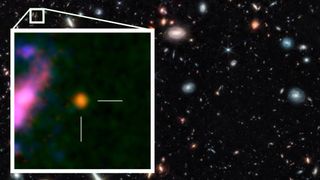Physics & mathematics news, features and articles
Explore Physics & Mathematics
Editor's Picks
Latest about Physics & Mathematics

Large Hadron Collider finds 1st evidence of the heaviest antimatter particle yet
By Robert Lea published
Scientists at CERN's ALICE detector are replicating conditions found during the Big Bang, attempting to get to the bottom of how matter came to dominate over antimatter.

Do atoms ever touch?
By Sarah Wells published
Atoms make up everything around us, but do these building blocks of matter ever actually touch?

Could monkeys really type the complete works of Shakespeare?
By Marilyn Perkins published
The infinite monkey theorem is a fun thought experiment, but does it actually apply to our finite world?

Infamous 'sofa problem' that boggled mathematicians for decades may finally have a solution
By Stephanie Pappas published
A math problem delineating the largest-size sofa that can fit around a corner has finally been solved, though it may not help you move.
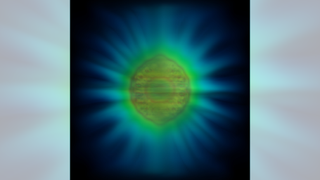
The shape of light: Scientists reveal image of an individual photon for 1st time ever
By Victoria Atkinson published
Using a groundbreaking new technique, researchers have unveiled the first detailed image of a photon — a single particle of light — ever taken.
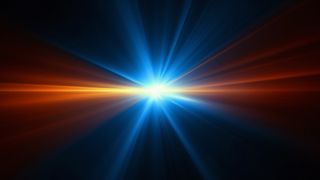
Is light a particle or a wave?
By Victoria Atkinson published
Does light behave more like a particle, or like a wave? Today we know the surprising answer. Here's why it took so long to get there.
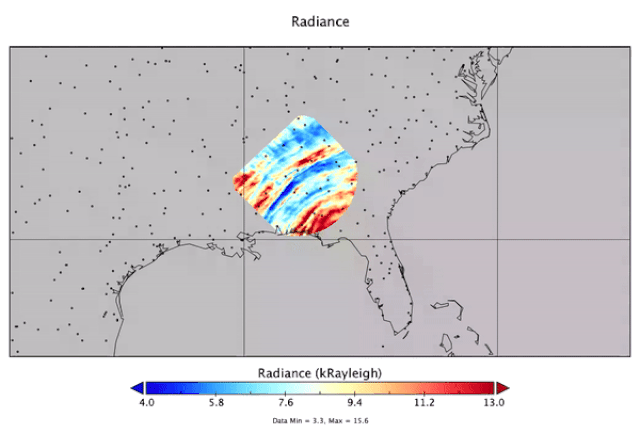
'Gravity waves' from Hurricane Helene seen rippling through the sky in new NASA images
By Stephanie Pappas published
Hurricane Helene sent gravity waves rippling through the atmosphere far above the southeastern United States, new NASA images reveal.

What is the Fibonacci sequence?
By Tia Ghose last updated
Almost everything you know about the famous Fibonacci sequence is wrong.
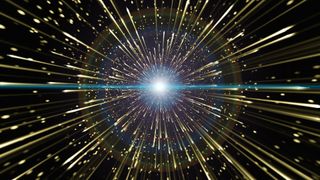
'Hawking radiation' may be erasing black holes. Watching it happen could reveal new physics.
By Andrey Feldman published
Primordial black holes may be exploding throughout the universe. If we can catch them in the act, it could pave the way to new physics, a study suggests.

High school students who came up with 'impossible' proof of Pythagorean theorem discover 9 more solutions to the problem
By Sascha Pare published
In a new peer-reviewed study, Ne'Kiya Jackson and Calcea Johnson outlined 10 ways to solve the Pythagorean theorem using trigonometry, including a proof they discovered in high school.
Get the world’s most fascinating discoveries delivered straight to your inbox.



